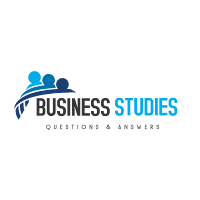Stock-Price Beta Estimation for Google, Inc. (Case Study)

A. Describe some of the attributes of an ideal risk indicator for stock market investors. B. On the Internet, go to Yahoo! Finance (or msnMoney) and download weekly price information over the past year (52 observations) for GOOG and the Nasdaq market. Then, enter this information in a spreadsheet like Table 16.6 and use these data to estimate GOOG = s beta. Describe any similarities or dissimilarities between your estimation results and the results depicted in Figure 16.8. C. Estimates of stock-price beta are known to vary according to the time frame analyzed; length of the daily, weekly, monthly, or annual return period; choice of market index; bull or bear market environment; and other nonmarket risk factors. Explain how such influence can undermine the usefulness of beta as a risk indicator. Suggest practical solutions. CASE STUDY SOLUTION A. An ideal measure of stock




